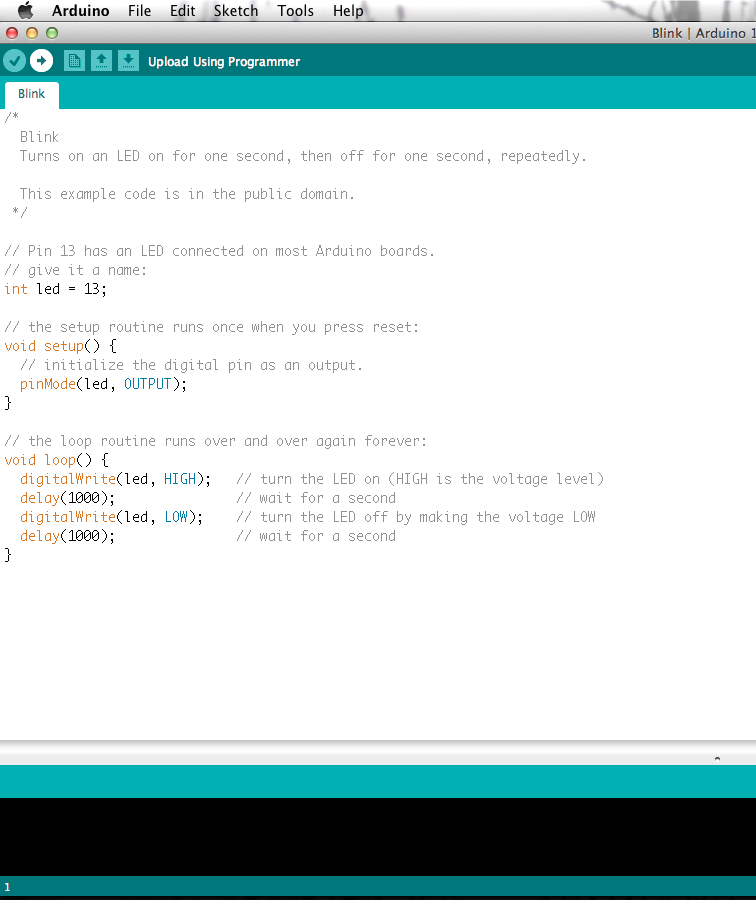Old Verstions Of Arduino For Mac
Arduino is a novel piece of software that helps you to write code for microcontroller and microprocessors on a Windows, Mac or Linux machine and upload it to your favorite board. These Arduino boards are completely compatible with the Arduino software and provide an effective means to create programs to control your own robots or any other automatic equipment. Recent versions of our Ethernet-enabled Arduino compatible boards and shields incorporate an IC called a Microchip 24AA025E48, which is pre-loaded with a unique MAC address ready for you to use in your sketches.
Table of Contents • • • • • • • • • • • • WiFi(ESP8266WiFi library) This is mostly similar to WiFi shield library. Differences include: • WiFi.mode(m): set mode to WIFI_AP, WIFI_STA, WIFI_AP_STA or WIFI_OFF. • call WiFi.softAP(ssid) to set up an open network • call WiFi.softAP(ssid, password) to set up a WPA2-PSK network (password should be at least 8 characters) • WiFi.macAddress(mac) is for STA, WiFi.softAPmacAddress(mac) is for AP. • WiFi.localIP() is for STA, WiFi.softAPIP() is for AP. • WiFi.printDiag(Serial) will print out some diagnostic info • WiFiUDP class supports sending and receiving multicast packets on STA interface. When sending a multicast packet, replace udp.beginPacket(addr, port) with udp.beginPacketMulticast(addr, port, WiFi.localIP()).
Versions Of Arduino
When listening to multicast packets, replace udp.begin(port) with udp.beginMulticast(WiFi.localIP(), multicast_ip_addr, port). You can use udp.destinationIP() to tell whether the packet received was sent to the multicast or unicast address. WiFiServer, WiFiClient, and WiFiUDP behave mostly the same way as with WiFi shield library.

Four samples are provided for this library. You can see more commands here: Ticker Library for calling functions repeatedly with a certain period. Two examples included.
It is currently not recommended to do blocking IO operations (network, serial, file) from Ticker callback functions. Instead, set a flag inside the ticker callback and check for that flag inside the loop function. Here is library to simplificate Ticker usage and avoid WDT reset: EEPROM This is a bit different from standard EEPROM class.
You need to call EEPROM.begin(size) before you start reading or writing, size being the number of bytes you want to use. Size can be anywhere between 4 and 4096 bytes. EEPROM.write does not write to flash immediately, instead you must call EEPROM.commit() whenever you wish to save changes to flash.
EEPROM.end() will also commit, and will release the RAM copy of EEPROM contents. Hp photo creations for mac. EEPROM library uses one sector of flash located just after the SPIFFS. Three examples included. I2C (Wire library) Wire library currently supports master mode up to approximately 450KHz.
Before using I2C, pins for SDA and SCL need to be set by calling Wire.begin(int sda, int scl), i.e. Wire.begin(0, 2) on ESP-01, else they default to pins 4(SDA) and 5(SCL). SPI SPI library supports the entire Arduino SPI API including transactions, including setting phase (CPHA). Setting the Clock polarity (CPOL) is not supported, yet (SPI_MODE2 and SPI_MODE3 not working). SoftwareSerial An ESP8266 port of SoftwareSerial library done by Peter Lerup (@plerup) supports baud rate up to 115200 and multiples SoftwareSerial instances. See if you want to suggest an improvement or open an issue related to SoftwareSerial. ESP-specific APIs APIs related to deep sleep and watchdog timer are available in the ESP object, only available in Alpha version.